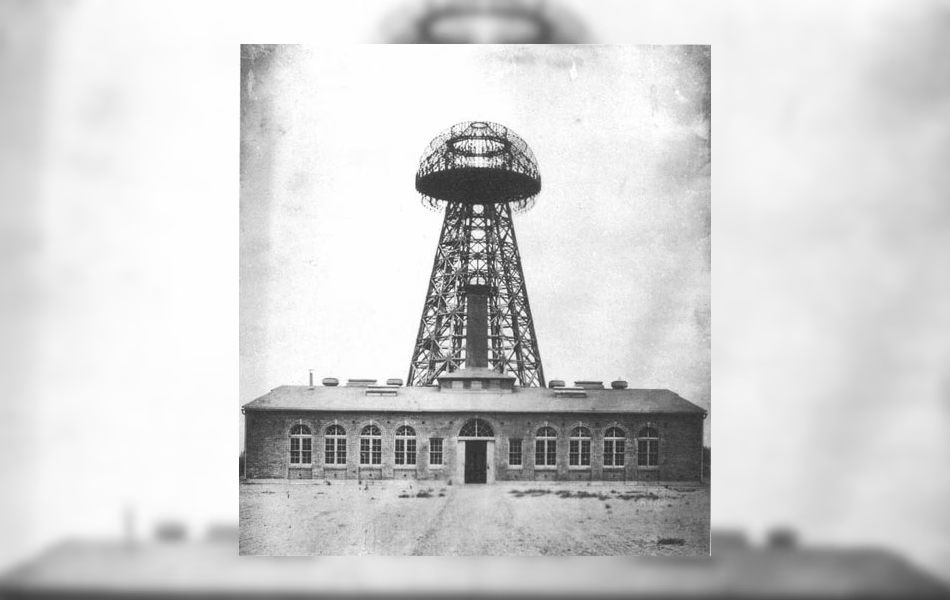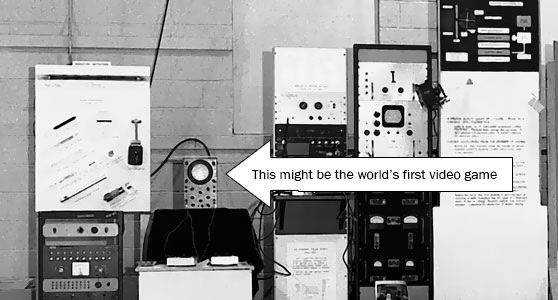In the early 1900s, amid the potato farms and quiet countryside of Long Island’s North Shore, a massive steel tower loomed over the landscape. This was Wardenclyffe, the brainchild of visionary inventor Nikola Tesla—a structure meant to revolutionize communication and electricity.
Tesla’s goal was nothing short of audacious: to create a global, wireless system capable of transmitting both information and power through the very ground beneath our feet. While today we take wireless communication for granted, in Tesla’s time, the idea was almost unthinkable. Unfortunately, his grand experiment was doomed to failure, collapsing under financial strain, technological challenges, and growing competition from Guglielmo Marconi.
Tesla’s Wardenclyffe Tower remains one of Long Island’s most fascinating pieces of history, drawing scientists, engineers, and enthusiasts to this day. Here’s a deep dive into some of the craziest facts about Tesla’s ill-fated Long Island experiment.
The Vision: Tesla’s Grand Idea
- Tesla wanted to develop a wireless system for transmitting both communication and power, using the Earth’s natural conductivity.
- The tower was meant to be a prototype for global telecommunications, essentially a wireless version of today’s internet—a concept considered nearly impossible at the time.
- He called it the “World Wireless System”, relying on what he described as “terrestrial resonance” to transmit energy across vast distances.
- Tesla envisioned a future where a businessman in New York could dictate a message, and it would instantly appear in type at an office in London.
- He also proposed wireless electricity transmission, stating, “More important than all of this, however, will be the transmission of power, without wires, which will be shown on a scale large enough to carry conviction.”
- The wireless transmission of energy was Tesla’s lifelong obsession—and Wardenclyffe was meant to be the breakthrough moment.
Construction Begins: Building the Tesla Tower
- In 1901, Tesla purchased 200 acres of land in Shoreham from a developer named James S. Warden, who had been planning a resort community called Wardenclyffe-On-Sound.
- The tower stood 187 feet tall, topped with a 55-ton steel dome that measured 68 feet in diameter.
- Beneath the tower was a 120-foot-deep well, lined with 8-foot wooden timbers, and accessible via a spiral staircase.
- Rumors suggest Tesla built underground tunnels extending 100 feet in all directions, though their true purpose remains unknown.
- The Patchogue Advance newspaper described the project as “one of the mysteries of the wireless system.”
- In 1902, the Port Jefferson Echo declared that Wardenclyffe was “the beginning of the real war between Marconi and Nikola Tesla.”
- That same year, Tesla moved his entire New York City laboratory to Shoreham to fully dedicate himself to the project.
Design and Scandal: The Man Behind the Lab
- Tesla’s laboratory at Wardenclyffe was designed by famed architect Stanford White.
- White was known for designing Washington Square Arch in New York City and many other landmark buildings.
- However, his personal life was marked by scandal—he had an affair with teenaged actress Evelyn Nesbit.
- White was murdered in 1906 by Nesbit’s husband, Harry Kendall Thaw, the son of a wealthy industrialist.
- The trial that followed was dubbed “The Trial of the Century” and became one of the most sensationalized court cases of the era.
The Financial Downfall: Tesla’s Dream Crumbles
- Guglielmo Marconi’s success in long-range radio transmissions put Tesla’s ideas in jeopardy.
- Tesla realized he needed to scale up Wardenclyffe’s abilities to stay competitive, adding wireless power transmission to his project.
- His primary financial backer, J.P. Morgan, refused to invest further, effectively dooming the project.
- Morgan’s refusal wasn’t just about financial risk—Tesla’s vision threatened the entire business model of the electrical industry, which relied on wires and paid consumption models.
- Tesla’s reluctance to commercialize his inventions made him seem too unpredictable for investors, who preferred the proven successes of Marconi.
- In the final days of operation, newspapers reported that Wardenclyffe shot bursts of lightning into the sky, filling the air with “blinding streaks of electricity”.
- Tesla hinted that even stranger things had occurred, but never elaborated on what they were.
- By 1906, Wardenclyffe was abandoned, never having reached full operation.
- In 1917, the tower was demolished and sold for scrap—Tesla’s final desperate attempt to pay off debts.
The Aftermath: Rumors, Decline, and Rediscovery
- A long-standing rumor suggested that the U.S. government destroyed the tower to prevent it from being used by German spies during World War I.
- The property was foreclosed in 1922 and changed hands multiple times over the decades.
- In 1969, the AGFA Corporation, a photography company, purchased the site, using it for commercial purposes until 1992.
- In 2009, AGFA listed the property for sale for $1.65 million.
The Fight to Save Wardenclyffe
- In 1976, a plaque honoring Tesla’s work was placed on the property by the government of Yugoslavia, Tesla’s homeland—it was stolen in 2009.
- An attempt was made in 1976 to have the site listed on the National Register of Historic Places, but it failed.
- For decades, Wardenclyffe sat abandoned, but the main laboratory remained intact, along with the base of the original tower.
The Revival: Saving The Tesla Legacy
- In 2012, cartoonist Matt Inman (creator of The Oatmeal) launched an online fundraiser to purchase Wardenclyffe and turn it into a museum.
- The campaign, titled “Let’s Build a Goddamn Tesla Museum”, raised $1.37 million through Indiegogo.
- Elon Musk donated $1 million to support the restoration efforts.
- In 2013, the newly formed Tesla Science Center at Wardenclyffe successfully purchased the site.
- In 2016, the American Physical Society recognized Wardenclyffe as a historic site in the field of physics.
- In 2018, the property was officially listed on the National Register of Historic Places.
- The museum now operates a virtual science center and hosts educational programs for the public.
- The People’s Republic of Serbia gifted a Tesla statue, which now stands on the museum grounds.
- In 2017, ground-penetrating radar confirmed the existence of tunnels beneath Wardenclyffe, but their original purpose remains a mystery.
- Today, Wardenclyffe is the last surviving site where Nikola Tesla lived and worked—a testament to his brilliant but tragic legacy.
Final Thoughts on Tesla
Wardenclyffe was a bold experiment that could have changed the world, but Tesla’s vision was far ahead of its time. Though the tower was lost, its legacy lives on, inspiring scientists, engineers, and dreamers to this day.
If Tesla had succeeded, would we have a world powered by free energy today? We may never know. But on Long Island, Wardenclyffe still stands—its silent ruins a testament to a genius whose ideas were too big for his time.
Photo: Unknown authorUnknown author(Life time: Unattributed), Public domain, via Wikimedia Commons




